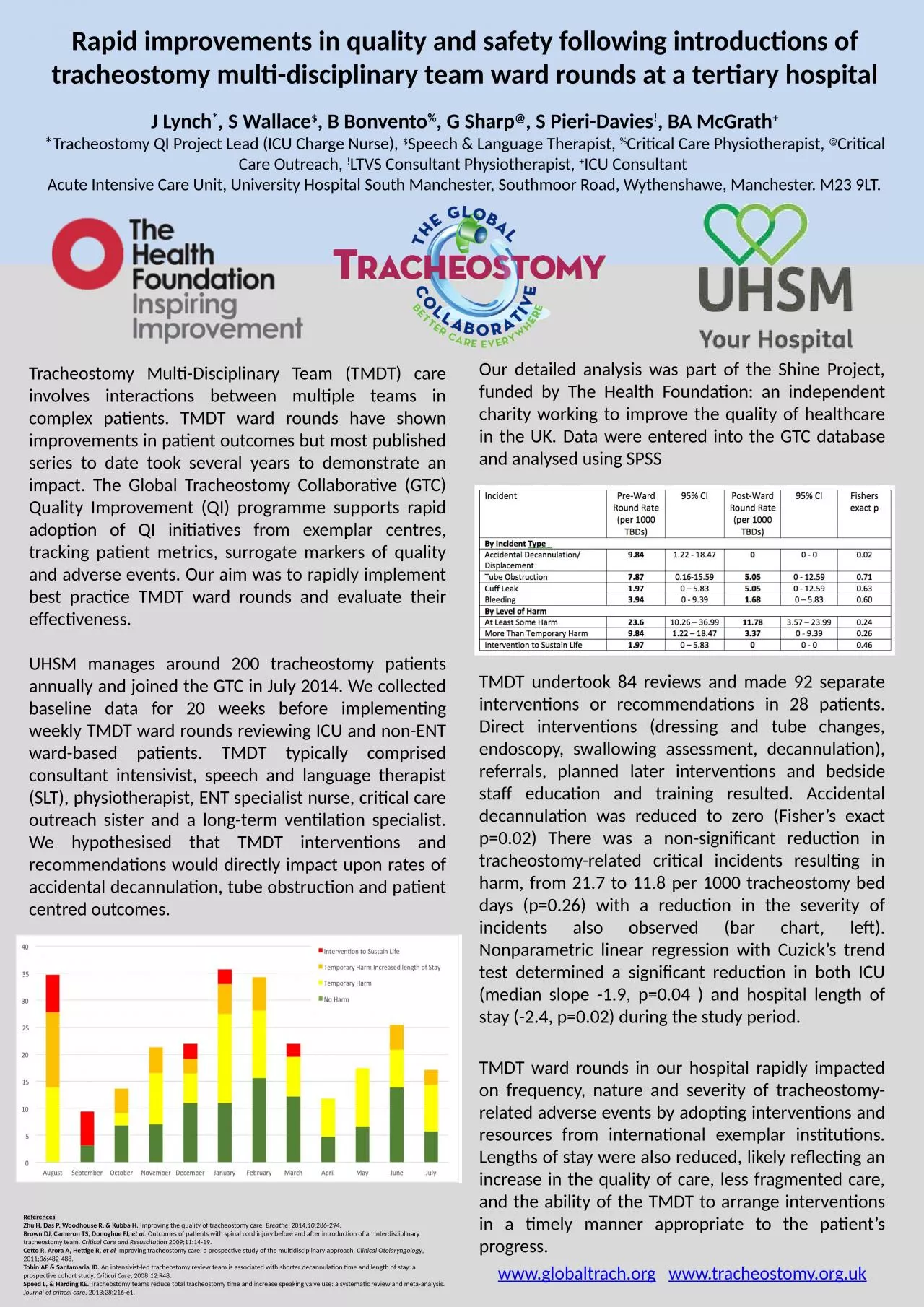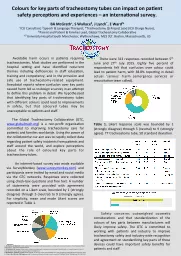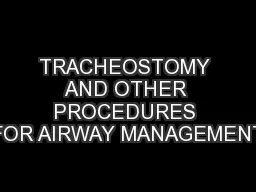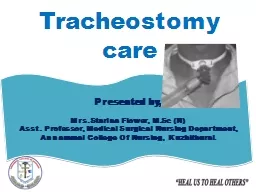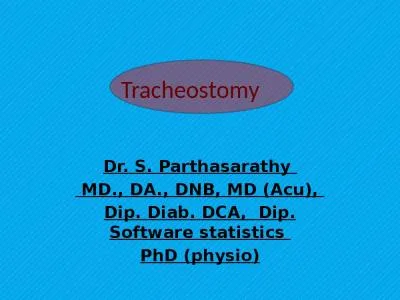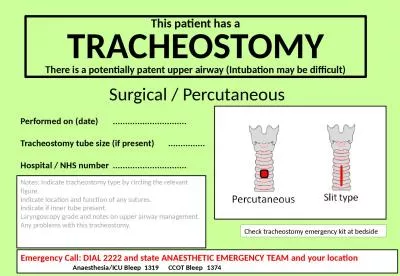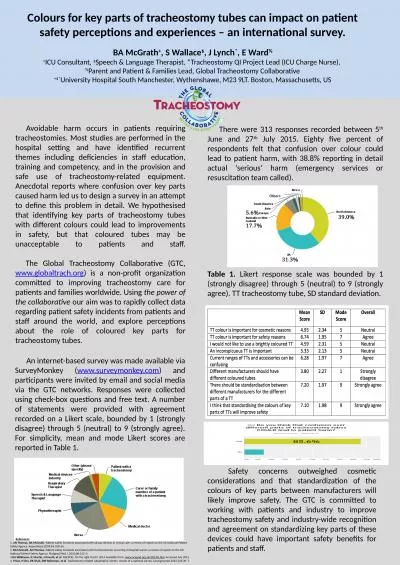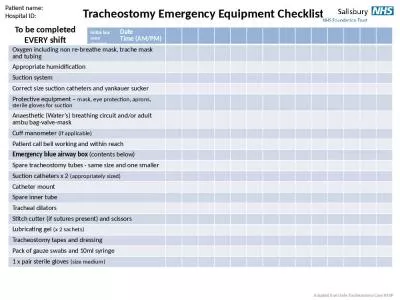PPT-Rapid improvements in quality and safety following introductions of tracheostomy multi-disciplinary
Author : CupcakeCutie | Published Date : 2022-08-02
Tracheostomy MultiDisciplinary Team TMDT care involves interactions between multiple teams in complex patients TMDT ward rounds have shown improvements in patient
Presentation Embed Code
Download Presentation
Download Presentation The PPT/PDF document "Rapid improvements in quality and safety..." is the property of its rightful owner. Permission is granted to download and print the materials on this website for personal, non-commercial use only, and to display it on your personal computer provided you do not modify the materials and that you retain all copyright notices contained in the materials. By downloading content from our website, you accept the terms of this agreement.
Rapid improvements in quality and safety following introductions of tracheostomy multi-disciplinary: Transcript
Download Rules Of Document
"Rapid improvements in quality and safety following introductions of tracheostomy multi-disciplinary"The content belongs to its owner. You may download and print it for personal use, without modification, and keep all copyright notices. By downloading, you agree to these terms.
Related Documents

